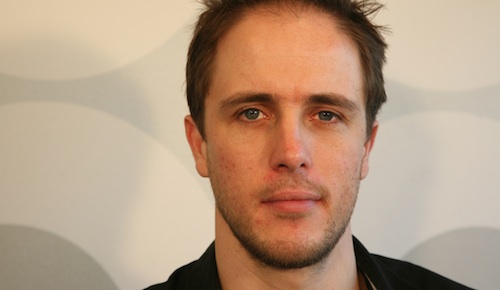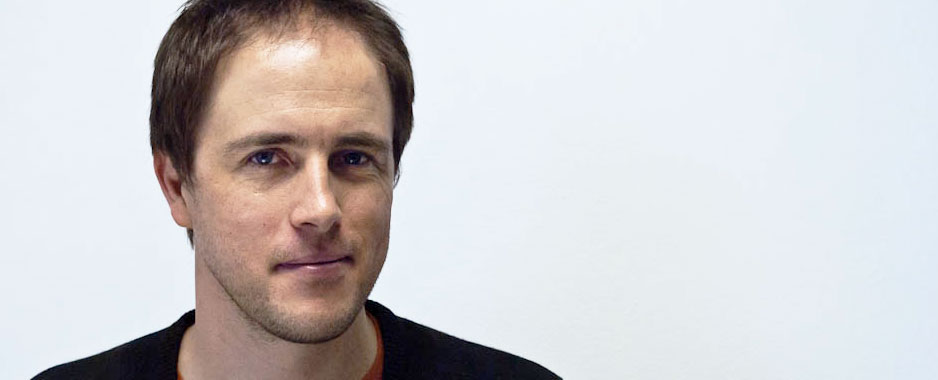
[By Alistair Fairweather]
The idea of the world’s most famous genetic scientist addressing a group of computer nerds, Web designers and geeks of every stripe might have seemed incongruous two decades ago. But, as J Craig Venter puts it, DNA is really just software — and few people know code better than this audience.
Speaking at the renowned South by South West (SXSW) conference in Austin, Texas, Venter held a packed audience rapt with the tale of how he and his team created the first artificial life form in history. “I’m the first scientific speaker at SXSW — that’s a challenge, to ensure there will be second,” quipped the quietly confident Venter.
That confidence is earned. Not only was Venter instrumental in sequencing of the human genome (his company, Celera won the race to do so in 2000) he continues to lead the field in genetic research.
Having learned to “read” genetic code, they are learning how to “write” it. This challenge has been made considerably easier by the continued leaps in gene sequencing (“reading”) technology. As Venter puts it, “We have gone from a 5 000sq m facility to a desktop instrument with the same output.” This allows rapid, targeted sequencing of all kinds of species and cells. “We can now sequence individual sperm cells,” boasts Venter.
But artificial life still remained the greatest challenge. Their first breakthrough came when they proved in 2007 that they could take a single piece of DNA (a chromosome) from one species of bacteria and transplant it into another, and that the recipient bacteria would immediately began “reading” the software of the DNA. As Venter puts it “life is DNA software — you change the software, you change the species”.
They proved this by choosing a bacteria that is blue as the genetic “parent”. When the recipient bacteria turned blue, they knew they had succeeded. And they also knew they had found a way to “reboot” a living organism with new genetic software.
The other challenge was to create synthetic DNA. They did this literally using code on a computer, and chemicals in the lab. DNA is composed of sequences of chemical “letters” which form strands. Venter and his team first learned how to build up strands with a few thousand letters, and then to painstakingly stitch them together.
They managed this with a very simple kind of bacteria, with “only” 500 000 letters in its chromosome, but could not get the synthetic DNA to “boot up” the recipient cell. And so they moved on to a species with over a million base pairs in it’s chromosome.
This proved challenging, particularly when a single mistaken letter could (and did) stop the whole process from working. “Just like software engineers have debuggers, we had to develop debugging technology,” says Venter somewhat ruefully.
But, in May 2010, after years of patient work they succeeded and the first ever artificial life, “whose parent”, as Venter is fond of saying, “is a computer”. But they needed to be absolutely certain they weren’t merely mistaking naturally occurring bacteria for their synthetic life.
And so, in a move that proves even genetic scientists have a sense of humour, they changed the genetic code of their creation to include encoded “watermarks” in the chromosome, one of which was a website address for the new species’ own Web page.
Yet for Venter this is only the beginning. He is deeply concerned about the plight of humanity on a planet that will have 9bn people on it before the middle of this century. “Dealing with new public health issues brings a whole new set of challenges” says Venter.
Thanks to the work of Venter’s team the first genomic based vaccine, meningitis B, is on market this year. “We can now make a synthetic vaccine for flu within 24 hours — that took months for H1N1 virus,” says Venter.
Another problem that synthetic life can help solve is the contradiction between our reliance on fossil fuels and their undeniable contribution to global warming. “We’re making a new generation of designers cells, whose food is carbon dioxide,” explains Venter, “What everyone else considers a problem, we consider an opportunity.” These cells will both “eat” carbon, and serve as fuel – and could eventually replace fossil fuels completely.
But it isn’t only about philanthropy for Venter. He quotes research that says “synthetic biology is likely to be the number one wealth generator for the next century”. Whether they’re in it for the money, or for the common good, you can’t help but feel grateful for Venter and his team’s work. In a room full of coders, they have pulled off they greatest hack of all.
- Alistair Fairweather is digital platforms manager at the Mail & Guardian
- Visit the Mail & Guardian Online, the smart news source
- Subscribe to our free daily newsletter
- Follow us on Twitter or on Facebook




